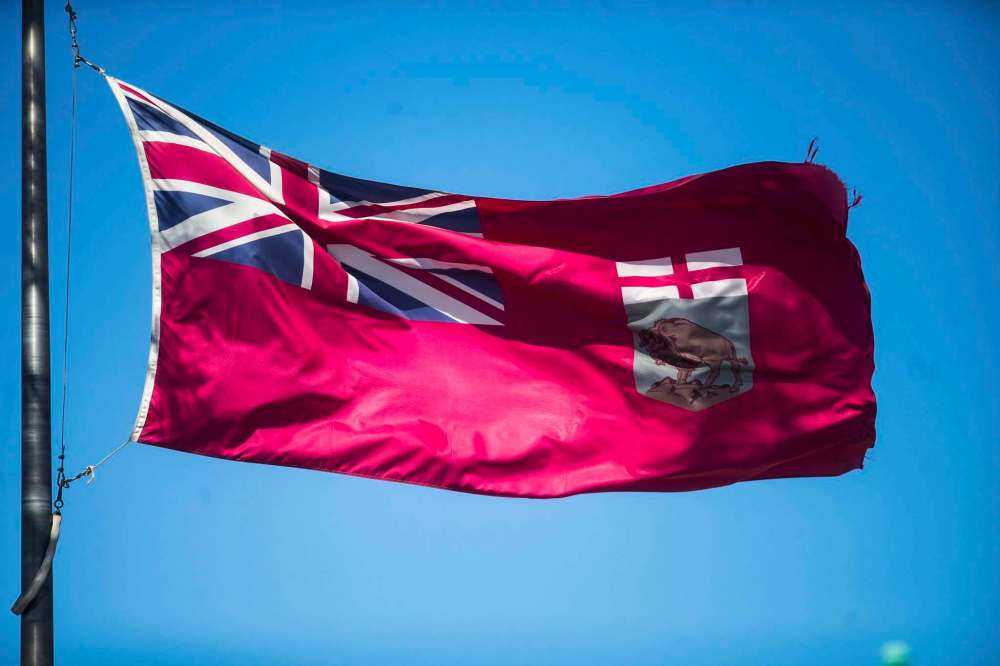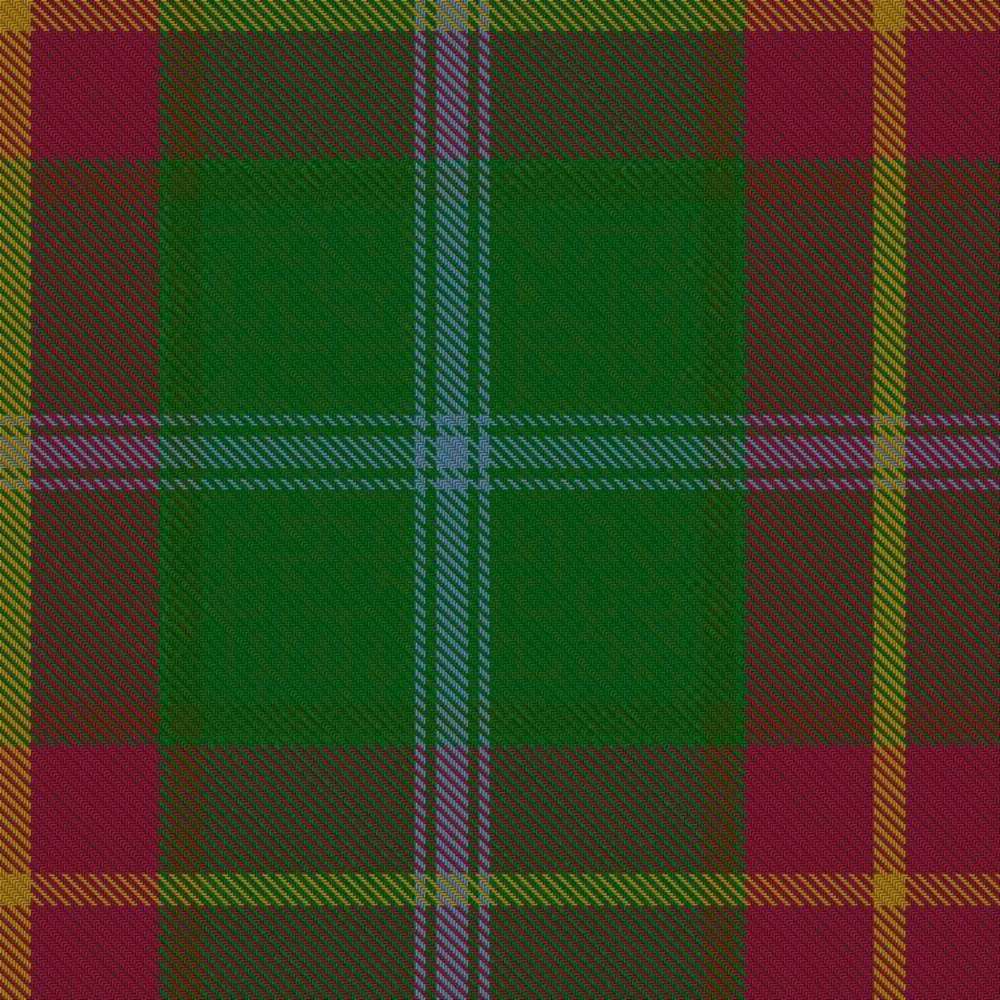Celebrate by waving a flag or wearing a storied kilt
Advertisement
Read this article for free:
or
Already have an account? Log in here »
To continue reading, please subscribe:
Monthly Digital Subscription
$0 for the first 4 weeks*
- Enjoy unlimited reading on winnipegfreepress.com
- Read the E-Edition, our digital replica newspaper
- Access News Break, our award-winning app
- Play interactive puzzles
*No charge for 4 weeks then price increases to the regular rate of $19.00 plus GST every four weeks. Offer available to new and qualified returning subscribers only. Cancel any time.
Monthly Digital Subscription
$4.75/week*
- Enjoy unlimited reading on winnipegfreepress.com
- Read the E-Edition, our digital replica newspaper
- Access News Break, our award-winning app
- Play interactive puzzles
*Billed as $19 plus GST every four weeks. Cancel any time.
To continue reading, please subscribe:
Add Free Press access to your Brandon Sun subscription for only an additional
$1 for the first 4 weeks*
*Your next subscription payment will increase by $1.00 and you will be charged $16.99 plus GST for four weeks. After four weeks, your payment will increase to $23.99 plus GST every four weeks.
Read unlimited articles for free today:
or
Already have an account? Log in here »
Hey there, time traveller!
This article was published 11/05/2020 (2045 days ago), so information in it may no longer be current.
If you want to celebrate Manitoba’s 150th anniversary by wearing a kilt, you can wear your province’s colours.
The Manitoba tartan was officially adopted in The Coat of Arms, Emblems and the Manitoba Tartan Act on March 5, 1962, as a plaid of tartan green and a maroon colour, also known as murrey, the colour of mulberries. That year was the 150th anniversary of when the Selkirk Settlers arrived here from Scotland.
According to the Manitoba Historical Society, other colours also make up the tartan with the blue stripes representing Lord Selkirk, the red squares the Red River Settlement buildings, the green squares giving a nod to the province’s forests, agricultural land and minerals, azure blue lines for the Red, Assiniboine and other rivers, and gold lines for wheat crops.

The tartan was designed in 1962 by Hugh Kirkwood Rankine, a postal carrier in Winnipeg. He became interested in tartans during the Second World War while recovering in Scotland after being wounded.
Rankine, with the help of his wife Dorothy, who was a weaving instructor, designed the tartan in 1956. He died in 1998.
As part of the act the tartan was created by, a cloth sample of it is stored in the Archives of Manitoba while it is registered in the books of the Court of the Lord Lyon, King of Arms, in Scotland by its official name as the Manitoban Tartan.
The tartan, and the part that people from Scotland played in the creation of the province, is celebrated on Manitoba Tartan Day every April 6.
• • •
Manitoba’s flag is also having a birthday this year, but its birth was part of a protest.
The province’s flag, which includes in its corner the same Red Ensign used as Canada’s national flag until the present Canadian flag was made official in Feb. 1965 — is 55 years old.
The Manitoba flag was adopted on May 11, 1965 and was first flown in 1966.

It almost seems hard to believe now, but the birth of the Manitoba flag came about because of criticism of Canada’s new flag in the Great Canadian Flag Debate.
Both Manitoba and Ontario were the two provinces most against the adoption of the Maple Leaf as the replacement of the Canadian Red Ensign so, shortly after the new Canadian flag was approved, the Legislature here voted to use the former Canadian flag as part of its new flag. Ontario’s flag also uses the Union Jack in its corner.
The rest of Manitoba’s mostly red flag uses the province’s shield with a bison standing on a rock underneath the Cross of St. George.
kevin.rollason@freepress.mb.ca

Kevin Rollason is one of the more versatile reporters at the Winnipeg Free Press. Whether it is covering city hall, the law courts, or general reporting, Rollason can be counted on to not only answer the 5 Ws — Who, What, When, Where and Why — but to do it in an interesting and accessible way for readers.
Our newsroom depends on a growing audience of readers to power our journalism. If you are not a paid reader, please consider becoming a subscriber.
Our newsroom depends on its audience of readers to power our journalism. Thank you for your support.

